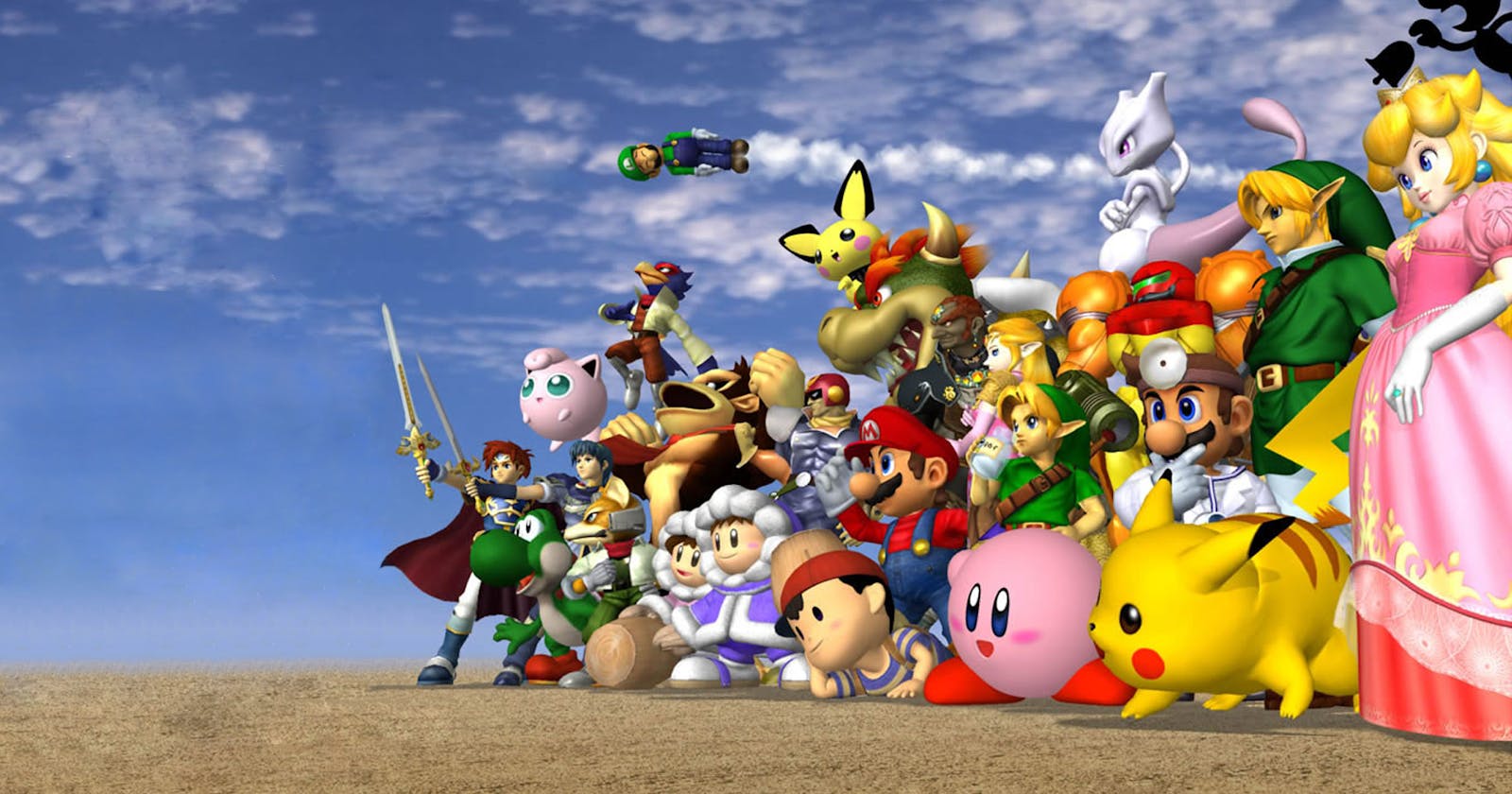Although this is an admittedly niche topic, I'd like to discuss some of the misconceptions about the casual and competitive fighting game crowd.
There's a simplistic, binary way of thinking that goes something like this:
"Competitive players prefer to play the same character (with no RNG) on just 1 stage with no platforms that doesn't move, because the more boring it is, the more competitively satisfying it is."
and....
"Casual players only want crazy stages with random hazards, unpredictable RNG-based characters and moves, because the more chaotic and wackier it is, the more fun it is."
Both of these characterizations miss the mark - and also reveals that anyone who thinks this way doesn't truly understand either audience.
Fighting games at their best showcase a bit of variety, and a bit of predictability (or uniformity). While the more casual audience might prefer more wild, unpredictable elements as an element of fun, the true nature of fun has more to do with risk and reward. No fighting game works as a pure RNG, "merely roll the dice" type experience.
A great example of this is Mario Party. While it's alright to have a few mini-games completely rely on randomness, those mini-games specifically are generally not the most favorite or revisited experiences. For a party game aimed at a casual audience, usually, a mix of both skill and luck is ideal.
The same is true for a more competitive crowd. Take the competitive scene of Super Smash Bros. Melee, for example. Even it has elements of RNG, like Mr. Game & Watch's side special (Judge) or Peach's down special (turnip pull). Adding in some RNG or moving elements, such as Randall the cloud on Yoshi's Story, adds some dynamics to the game that even competitive players appreciate.
What matters more than any of these factors is replayability. What makes a fighting game endlessly replayable? Too many gimmicks and you'll leave players frustrated and wanting to move on to something else. Too much conformity and you bore players who will move on as well.
The best games give players options and possess enough risk and reward elements that both casual and competitive players can play the game endlessly. I think Super Smash Bros. Melee fits that description perfectly.
Unique characters with unique movesets on unique stages give plenty of dynamic combinations of matchups that give you a lot of variety and challenge. If backed up with tight, satisfying gameplay, it becomes difficult to put the game down.
Such a winning recipe, however, can be suddenly eroded by too many random elements - Brawl's tripping mechanic is a fantastic example of this. Even if you enjoyed Super Smash Bros. Brawl's gameplay overall - very few enjoyed this tripping mechanic (casual and competitive players alike), which was intended to combat the perceived "overly competitive" nature of Melee. Instead of making the game more fun, the choice to add tripping in Brawl made playing a frustrating experience.
In conclusion - if you are designing a fighting game and considering casual and competitive audiences, it's important not to dismiss either of them outright. While casuals might make up the majority of your audience in sum total (most games do), competitive players may have the potential to sink the most time into your game, so their preferences matter a lot as well. If you strike this balance well enough, who knows? Your game could be enjoyed 10, 20, or even 50 years into the future.

